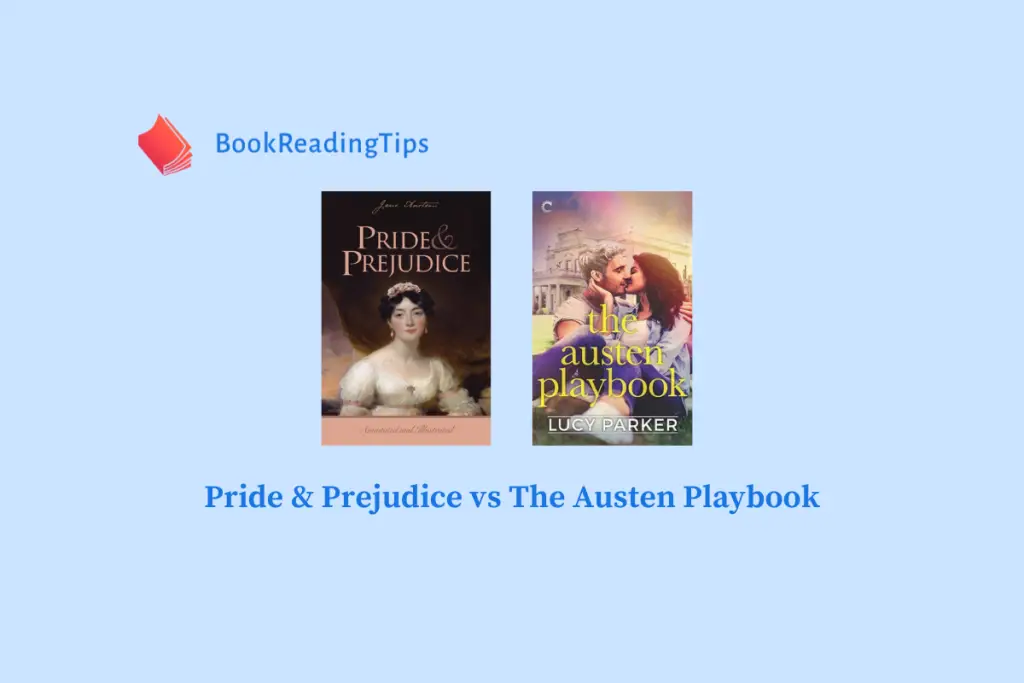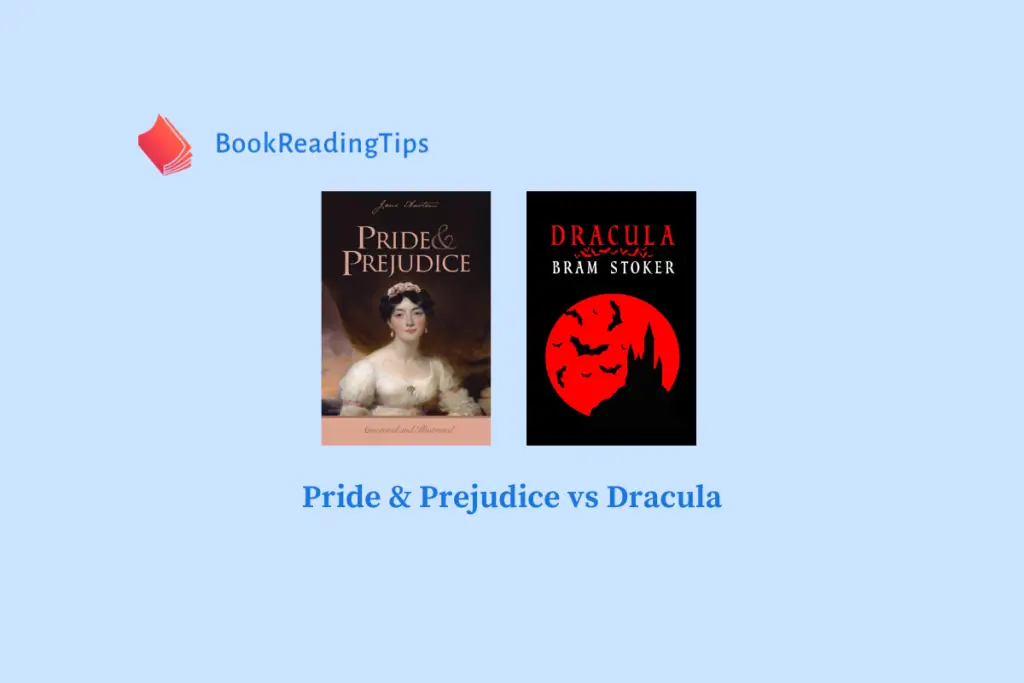Have you ever found yourself lost in the world of Jane Austen’s novels, captivated by the romance and wit of her characters? If so, you may have come across two popular works that pay homage to her iconic writing style – Pride and Prejudice and Austenland.
Pride and Prejudice, written by Jane Austen herself, is a classic tale of love, class, and societal expectations in 19th-century England. It follows the spirited Elizabeth Bennet as she navigates the complexities of relationships and social norms. Austenland, on the other hand, is a modern novel by Shannon Hale that follows a young woman named Jane Hayes who is obsessed with all things Austen. She embarks on a journey to a Jane Austen-themed resort in search of her own Mr. Darcy.
While both books share a love for Jane Austen’s work, they are quite different in their approach and tone. Pride and Prejudice is a timeless classic that appeals to fans of historical romance and social commentary. Austenland, on the other hand, is a lighthearted and modern take on Austen’s themes, perfect for readers looking for a fun and whimsical escape. Fans of Austen’s original works will appreciate the depth and complexity of pride and prejudice, while those looking for a more contemporary and light-hearted take on Austen’s world will enjoy Austenland.
In the following article, I will delve deeper into the themes, characters, and writing styles of both Pride and Prejudice and Austenland. By examining these two works side by side, we can gain a better understanding of how Jane Austen’s legacy continues to inspire and influence literature today. So grab a cup of tea, settle in, and let’s explore the world of Austen together.
Table of Contents
- Core Principles of Pride & Prejudice
- Core Principles of Austenland
- Similarities & Differences Between Both Books
- FAQs
- 1. What is the main difference between “Pride & Prejudice” and “Austenland”?
- 2. Are the themes in “Pride & Prejudice” and “Austenland” similar?
- 3. How do the main characters in “Pride & Prejudice” and “Austenland” differ?
- 4. Which book is more focused on humor and comedy?
- 5. Can fans of Jane Austen enjoy both “Pride & Prejudice” and “Austenland”?
- 6. Which book would you recommend for someone looking for a light-hearted romantic read?
- Conclusion
Core Principles of Pride & Prejudice

1. Themes of Love & Marriage
In Jane Austen’s “Pride and Prejudice,” the core principle revolves around the themes of love and marriage. The novel explores the complexities of relationships and the societal expectations surrounding courtship during the Regency era.
2. Love as a Transformative Force
One of the key principles in “Pride and Prejudice” is the idea that love can be a transformative force. The characters in the novel, particularly Elizabeth Bennet and Mr. Darcy, undergo personal growth and change as a result of their romantic entanglements. Through their interactions, they learn to overcome their pride and prejudice, leading to a deeper understanding of themselves and each other.
3. Social Class & Status
Another important principle in “Pride and Prejudice” is the exploration of social class and status. The novel highlights the rigid social hierarchy of the time, where marriage was often seen as a means of securing wealth and social standing. Characters like Mr. Collins and Lady Catherine de Bourgh embody the importance placed on class distinctions, while Elizabeth and Jane Bennet challenge these conventions by prioritizing love and personal compatibility over financial gain.
Core Principles of Austenland

1. Escapism & Fantasy
In Shannon Hale’s “Austenland,” the core principle centers around the themes of escapism and fantasy. The novel follows the story of Jane Hayes, a die-hard Jane Austen fan who embarks on a journey to a Regency-era theme park in search of her own romantic adventure.
2. The Power of Imagination
One of the key principles in “Austenland” is the idea that the power of imagination can transport us to different worlds and experiences. Jane’s obsession with all things Austen leads her to a place where she can live out her romantic fantasies, blurring the lines between reality and fiction. Through her time at Austenland, Jane learns to embrace her own desires and aspirations, ultimately finding a sense of fulfillment and self-discovery.
3. Self-Discovery & Personal Growth
Another important principle in “Austenland” is the exploration of self-discovery and personal growth. As Jane navigates the challenges and surprises of her time at Austenland, she undergoes a journey of self-exploration and introspection. Through her interactions with the various characters and scenarios at the theme park, Jane learns more about herself and what she truly wants in life, leading to a newfound sense of confidence and empowerment.
Similarities & Differences Between Both Books
Similarities
“Pride and Prejudice” and “Austenland” have some striking similarities despite being written in different time periods. Both novels are centered around the theme of love and romance, with strong female protagonists navigating the complexities of relationships in a society that places great importance on social status and wealth.
One of the main similarities between the two books is the focus on the role of women in society. In “Pride and Prejudice,” we see Elizabeth Bennet challenging societal norms by refusing to marry for convenience and instead holding out for true love. Similarly, in “Austenland,” the protagonist, Jane Hayes, is a modern woman who finds herself immersed in a Regency-era fantasy world where she must navigate the rules of courtship and romance.
Another similarity between the two novels is the emphasis on the importance of self-discovery and personal growth. Both Elizabeth Bennet and Jane Hayes undergo significant character development throughout the course of their respective stories, learning valuable lessons about love, friendship, and the true nature of happiness.
Differences
Despite their similarities, “Pride and Prejudice” and “Austenland” also have some notable differences that set them apart. One of the main differences is the time period in which the stories are set. “Pride and Prejudice” takes place in early 19th-century England, while “Austenland” is set in modern times with a Regency-era backdrop.
Another key difference between the two novels is the narrative style. “Pride and Prejudice” is a classic work of literature written in formal and eloquent prose, while “Austenland” takes a more lighthearted and comedic approach to storytelling, blending elements of romance and humor.
Overall, while “Pride and Prejudice” and “Austenland” may differ in setting and tone, both novels ultimately explore timeless themes of love, self-discovery, and the resilience of the human spirit. Whether you prefer the classic elegance of Jane Austen’s original work or the modern twist of Shannon Hale’s adaptation, both books offer a delightful escape into the world of romance and intrigue.
FAQs
1. What is the main difference between “Pride & Prejudice” and “Austenland”?
In “Pride and Prejudice,” written by Jane Austen, the story follows the romantic entanglements of Elizabeth Bennet and Mr. Darcy in 19th-century England. On the other hand, “Austenland” by Shannon Hale is a modern-day romantic comedy about a woman who visits a Jane Austen-themed resort in search of her own Mr. Darcy.
2. Are the themes in “Pride & Prejudice” and “Austenland” similar?
While both books explore themes of love, class, and societal expectations, “Pride and Prejudice” delves deeper into the complexities of relationships and social norms in the 19th century. In contrast, “Austenland” focuses more on the modern-day obsession with Jane Austen’s works and the idea of finding love in a romanticized setting.
3. How do the main characters in “Pride & Prejudice” and “Austenland” differ?
In “Pride and Prejudice,” Elizabeth Bennet is portrayed as a strong-willed and independent woman who challenges the societal norms of her time. In “Austenland,” the main character, Jane Hayes, is a modern-day woman who is somewhat disillusioned with love and finds herself swept up in the fantasy world of the Austen-themed resort.
4. Which book is more focused on humor and comedy?
“Austenland” is known for its light-hearted and comedic tone, as it follows Jane’s misadventures in the themed resort. In contrast, “Pride and Prejudice” has moments of wit and humor, but it is primarily a romantic drama that explores deeper themes of love and society.
5. Can fans of Jane Austen enjoy both “Pride & Prejudice” and “Austenland”?
Yes, fans of Jane Austen’s work will likely appreciate both “Pride and Prejudice” for its classic portrayal of romance and societal norms, as well as “Austenland” for its modern twist on Austen’s themes and characters.
6. Which book would you recommend for someone looking for a light-hearted romantic read?
For readers looking for a light-hearted romantic comedy with a modern twist, “Austenland” would be the recommended choice. However, for those seeking a classic and timeless love story set in 19th-century England, “Pride and Prejudice” would be the ideal pick.
Conclusion
In comparing “Pride and Prejudice” and “Austenland,” it is clear that both novels share core principles of love, romance, and societal expectations. Jane Austen’s timeless classic, “Pride and Prejudice,” delves into the complexities of relationships and the importance of overcoming personal biases. On the other hand, “Austenland” by Shannon Hale offers a modern twist on Austen’s works, exploring the escapism and fantasy of living in a Jane Austen-inspired world.
Despite their similarities in focusing on love and romance, the two books differ in their approach. “Pride and Prejudice” is a classic novel that delves into the intricacies of societal norms and expectations, while “Austenland” provides a lighthearted and comedic take on Austen’s themes.
Both books are a must-read for fans of romance, historical fiction, and Jane Austen enthusiasts. “Pride and Prejudice” appeals to those who appreciate timeless classics and intricate character development, while “Austenland” is perfect for readers looking for a fun and whimsical escape into a world inspired by Austen’s works. Whether you are a die-hard Austen fan or new to her novels, both “Pride and Prejudice” and “Austenland” offer a delightful journey into the world of love and romance.




